Prototyping and Practicing
There’s a video going around promoting the new Mission Impossible movie. It showcases Tom Cruise and the film team preparing for a stunt in the movie where Cruise rides a motorcycle down a ramp, jumps it off a sheer rock face, abandons it midair, free falls, and parachutes to the bottom.
The video is fascinating because it details everything they had to do and build to make the scene come to life. They started by building everything necessary to practice individual facets of the overarching stunt before combining them all into the final shot.
Jump a motorcycle off a cliff and base jump to the bottom? Start by practicing your motorcycle skills. They built a motocross track for Cruise to practice controlling and jumping the bike. He did over 13,000 jumps.
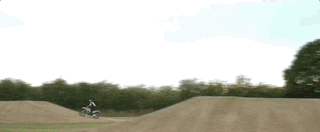
But that’s only the “jump a motorcycle off a cliff” part of the stunt. There’s also the “fall to the bottom” part. For that, Cruise practiced free falling by repeatedly sky diving. He did over 500 jumps.
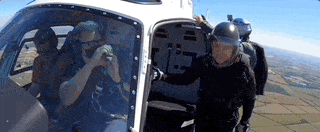
After practicing each part individually, they worked on putting them together. For that, they built a practice ramp (replicating the one they would eventually build for the movie) in a quarry in England. They filled it with cardboard boxes and setup safety cables and harnesses to practice simulating the real jump. This allowed Cruise to begin putting his motorcycle jumping and free fall skills to use together.
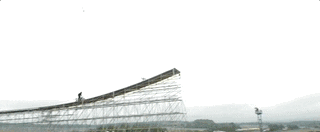
They used computer models to simulate the jump and then collect data on the practice jumps. This provided a real look at how the stunt would play out in three dimensional space. It also provided insights into the cinematography aspects of the stunt, like where to place cameras to get the best shot along the arc of the jump.
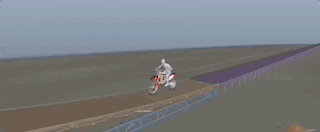
Once satisfied with all that, they built the real jump in Norway. But before doing the real stunt, Cruise practiced some more. He simulated traveling at motorcycle speed by riding in a helicopter along the route of the ramp and then jumping out of the helicopter to free fall and parachute.
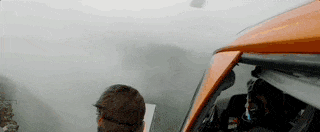
After all that, they finally ran the stunt.
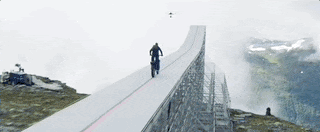
The stunt wasn’t a one-and-done, though. They ran it six times! Then finally, with all six of those tries on film, they were done.
All that training, gear, computer models, data, teams of experts, helicopters, motorcycles, parachutes, hours of practice — in short all that prototyping — for what? A single scene in the movie? Granted, the final product will not be a single continuous shot. I’m sure it’ll be a composite of the six different takes they ran of the final jump.
But more than that composite, what we’ll see on film is the culmination of everything learned from those prototypes. The backyard motocross jumps, the sky diving attempts, the quarry jumps and 3D models — the final product is the summation of the prototypes in a polished, edited form.
I can’t help but watch all this and think: don’t ever complain about “throwing away” prototype work. The prototypes are the work, which means they are part of the final product even if you threw them away materially.